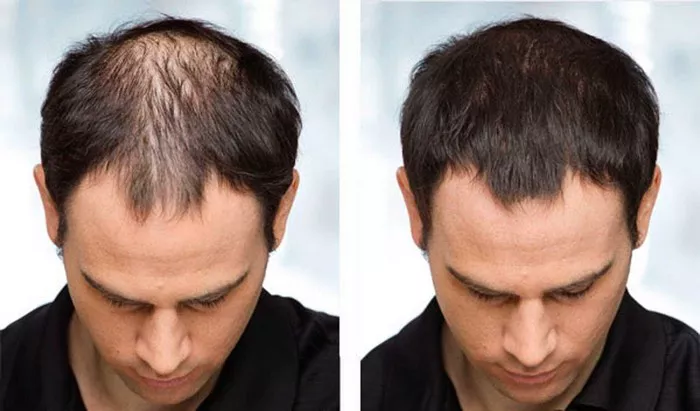Losing hair can be a blow to one’s self-esteem, and as technology advances, so do the options for hair restoration. Non-surgical hair transplant has gained traction as an alternative to traditional surgical methods. But the question on everyone’s mind is: Are the results of non-surgical hair transplants truly permanent? Let’s delve into the world of hair restoration and debunk the myths surrounding this innovative procedure.
Understanding Non-Surgical Hair Transplant
Non-surgical hair transplant, also known as non-surgical hair replacement, offers a non-invasive approach to combating hair loss. Unlike traditional surgical transplants that involve grafting hair follicles, non-surgical methods focus on restoring the appearance of a fuller head of hair without surgery. This can include techniques like hairpieces, extensions, and topical treatments.
The Effectiveness of Non-Surgical Hair Transplant
Here are the effectiveness of non-surgical hair transplants:
1. Immediate Aesthetics:
One of the primary advantages of non-surgical hair transplant is the instant improvement in appearance. Hairpieces or extensions can be customized to match your natural hair color and texture, giving you a fuller head of hair from the moment they are applied.
2. Customizable Solutions:
Non-surgical methods offer a high degree of customization. Trained professionals can tailor hairpieces to blend seamlessly with your existing hairline and style.
3. Low-Risk Procedure:
Since non-surgical methods don’t involve incisions or anesthesia, the risk of complications is significantly lower compared to surgical procedures.
Exploring Longevity: Are the Results Permanent?
Is non-surgical hair transplant surgery really permanent? Let’s find out:
1. Temporary Solutions:
It’s important to note that most non-surgical hair transplant methods offer temporary solutions. Hairpieces and extensions need regular maintenance, adjustments, and replacements to maintain their appearance. The adhesive used to attach them may weaken over time, leading to the need for reapplication.
2. Topical Treatments:
Some non-surgical methods include topical treatments such as foams or serums that promote hair growth. While these treatments can slow down hair loss and enhance hair density, they require consistent use to maintain results. Discontinuing the treatment may lead to a regression in hair growth.
3. Semi-Permanent Options:
Certain advancements, such as semi-permanent hairpieces that can stay attached for several weeks or months, offer a longer-lasting solution compared to traditional clip-on extensions. However, they still require regular upkeep and replacements.
Factors Affecting Longevity
Factors Affecting Longevity of Non-Surgical Hair Transplantation:
1. Maintenance:
The longevity of non-surgical hair transplant results heavily depends on maintenance. Regular cleaning, proper attachment, and following care guidelines provided by professionals can extend the lifespan of these solutions.
2. Quality of Products:
Investing in high-quality hairpieces, extensions, and topical treatments can make a notable difference in their durability and effectiveness.
3. Individual Variation:
Results can vary from person to person. Factors such as the rate of natural hair loss, the effectiveness of topical treatments, and adherence to maintenance routines all contribute to how long the results last.
While non-surgical hair transplant methods may not offer permanent results on their own, some individuals choose to combine these techniques with other approaches. For example, using topical treatments alongside semi-permanent hairpieces can create a more comprehensive strategy for managing hair loss.
See Also: Can Hair Transplant Cause Nerve Damage: Risks and Precautions
The Takeaway: Managing Expectations
In conclusion, non-surgical hair transplant methods provide valuable options for those seeking to address hair loss without invasive surgery. While the results are not typically permanent, they can offer significant aesthetic enhancements and a boost in confidence. It’s essential to manage your expectations and understand the maintenance requirements associated with these methods.
Remember, consulting with a qualified hair restoration professional is crucial before making any decisions. They can assess your individual situation, discuss your goals, and recommend a personalized approach that suits your needs.


